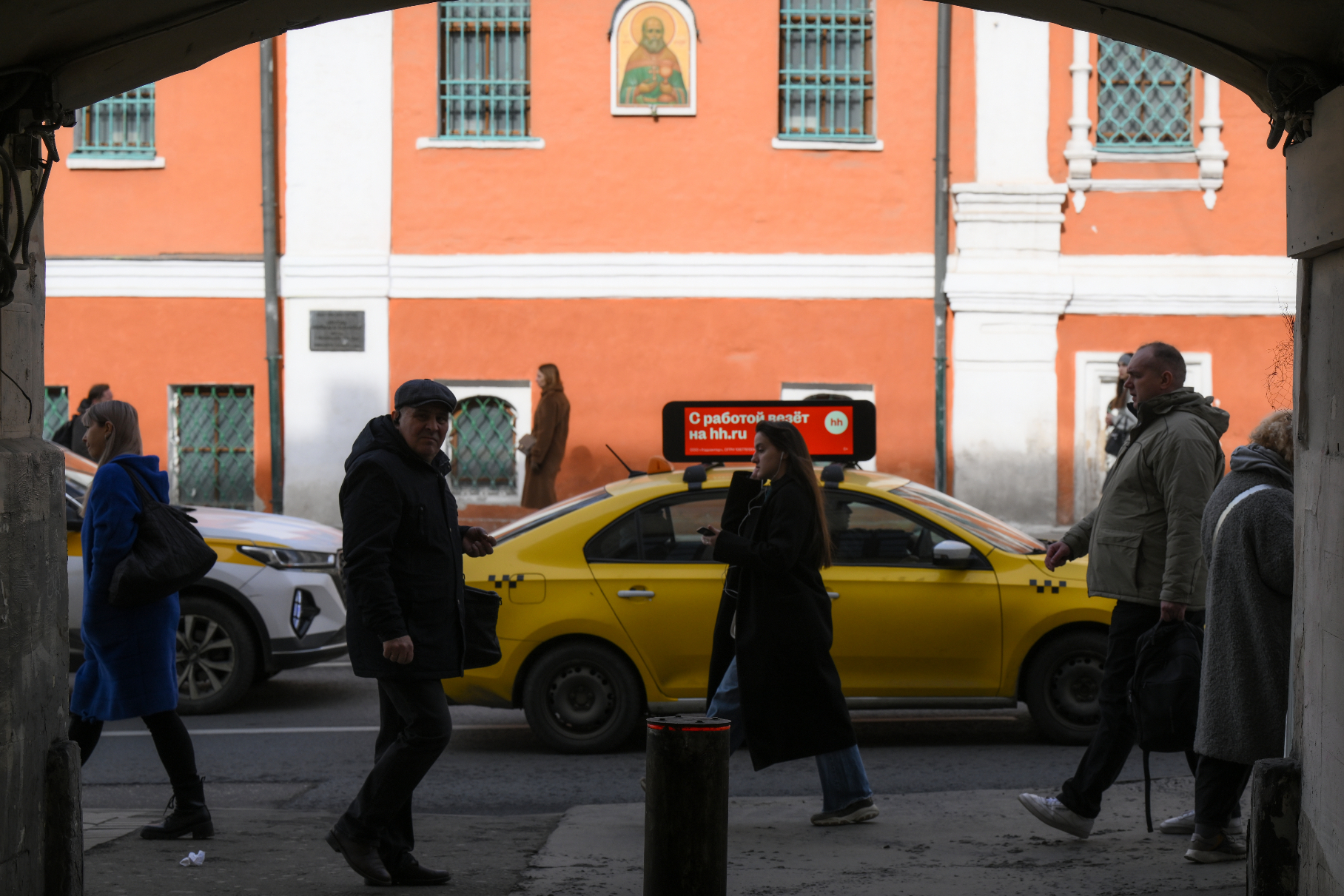In the initial version of the document, it was proposed to legislatively fix the minimum level of localization for the vehicle to work in a taxi – it should be at least 3200 localization points, which corresponds to a bar of the vehicle tolerance to public procurement. The State Duma adopted the bill in the first and second readings, and it was significantly modified by the second stage. Now the innovations have been approved in the Federation Council.
The initial plan provided for the transition to localized taxi cars from October 1, 2025. Later, the admission criteria made it more flexible and moved the deadline for the entry into force of March 1, 2026.
Sobyanin promised to transfer half of the Moscow taxi to a taxi electric trotter in the Russian Federation can lose half of drivers due to the law on the localization of cars, the well-known taxi aggregator will conduct video recording of passengers
So, since the spring of the next year, it was decided to allow cars produced both in the framework of the “new” special -west contracts (SPIC), concluded from March 1, 2022 to March 1, 2025, and more old, signed in the period until March 1, 2022 and in which new investors previously listed as investors or attracted persons in other SPICs. Moreover, in a number of regions it will work even later-until March 2028 in Kaliningrad and Siberia, and until March 2030 in the Far East.
The Autonews publication clarifies that Lada Granta, Vesta and Aura, as well as Haval Jolion, F7 and F7X, BAIC U5 Plus and Kaiyi E5 are suitable for these requirements. All of them are produced in Russia and meet the requirements that will enter into force in the spring of 2026. The question with business and VIP classes remains open: at present, there is nothing to replace cars in these segments.
These are ours: all the novelties of the domestic auto industry 2024








